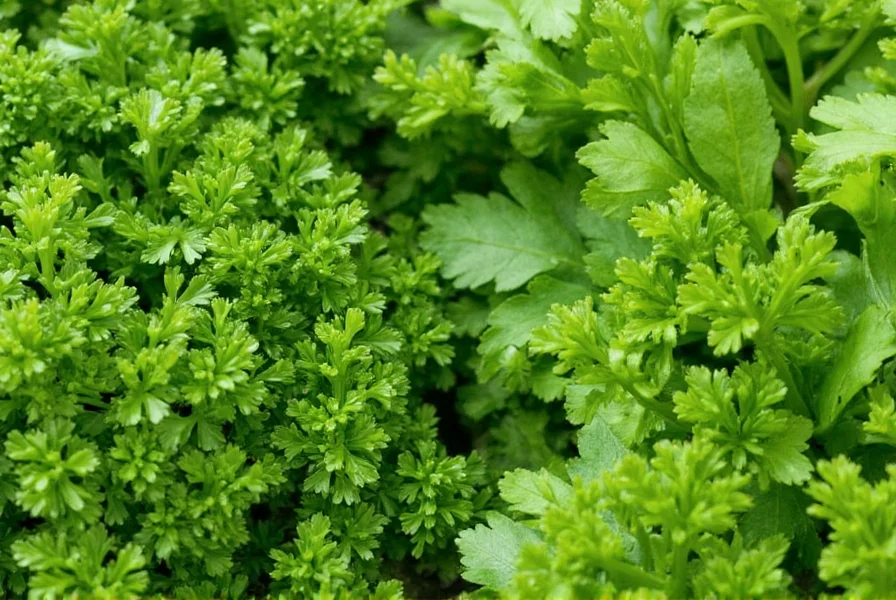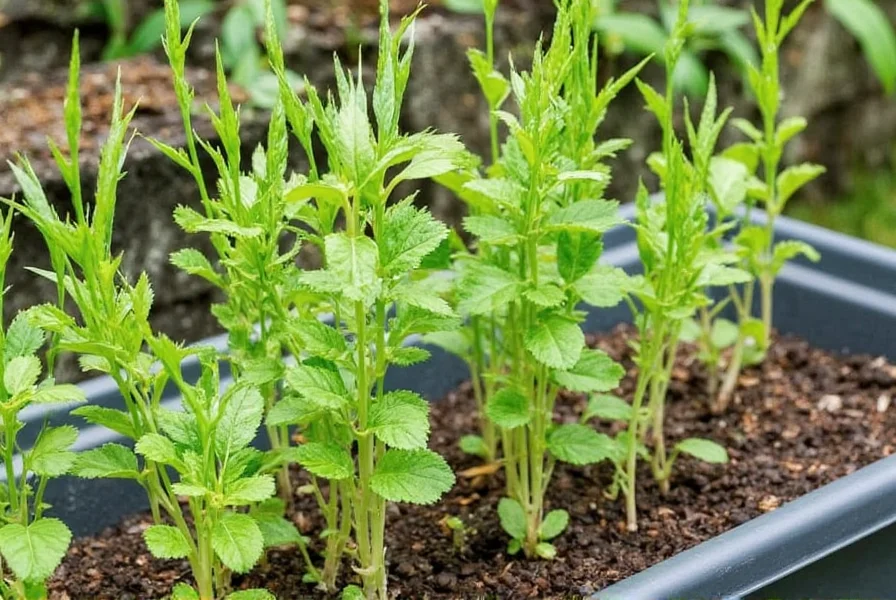When searching for information about perejil, you're likely looking for clarification that this Spanish term refers to the common herb parsley. Understanding this translation is essential for navigating Spanish-language recipes and culinary discussions. Many home cooks and chefs encounter this term when exploring authentic Spanish, Mexican, or other Latin American dishes that feature this aromatic herb as a fundamental ingredient.
Understanding Perejil: More Than Just a Translation
While "perejil" directly translates to "parsley" in English, its culinary significance in Spanish-speaking cultures extends beyond simple translation. In many traditional recipes across Spain, Mexico, Puerto Rico, and other Latin American countries, perejil serves as a foundational flavor component rather than merely a garnish.
Botanical Background and Varieties
Parsley (perejil) is a nutrient-dense herb with two primary varieties that you'll encounter when following Spanish or Latin recipes:
| Variety | Spanish Name | Characteristics | Common Uses |
|---|---|---|---|
| Curly parsley | Perejil rizado | Milder flavor, decorative appearance | Garnishes, soups, stews |
| Flat-leaf parsley | Perejil italiano or perejil llano | Bolder flavor, more aromatic | Sauces, marinades, sofrito bases |
Culinary Applications of Perejil Across Cultures
In Spanish cooking, perejil appears in numerous classic preparations. The famous Spanish sofrito base often includes finely chopped perejil along with garlic, olive oil, and other aromatics. Mexican cuisine features perejil prominently in dishes like arroz rojo (red rice) and various salsas.
One common point of confusion for English speakers is distinguishing between perejil (parsley) and cilantro (coriander). While both are green, leafy herbs used in similar culinary contexts, they have distinctly different flavor profiles. Understanding this difference is crucial when following authentic Spanish-language recipes that specify perejil.

Nutritional Profile and Health Benefits
Perejil offers impressive nutritional value beyond its culinary applications. Just one-quarter cup of fresh perejil provides:
- More than 100% of your daily vitamin K requirement
- Significant amounts of vitamin C and vitamin A
- Good sources of folate and iron
- Antioxidants including flavonoids and volatile oils
Traditional Spanish medicine has long recognized perejil's digestive benefits, and modern research supports its potential anti-inflammatory properties. When incorporating perejil into your cooking, you're not just adding flavor—you're boosting the nutritional profile of your dishes.
Growing Your Own Perejil
For those interested in cultivating perejil at home, this herb thrives in temperate climates with well-drained soil. Unlike many herbs, parsley has a relatively long germination period—up to 4 weeks—so patience is required. Once established, perejil plants will yield harvestable leaves for approximately two years.
When growing perejil for culinary use, harvest leaves from the outer portions of the plant first, allowing the center growth to continue developing. For optimal flavor, pick perejil leaves in the morning after the dew has dried but before the sun becomes too intense.

Selecting and Storing Fresh Perejil
When purchasing fresh perejil at the market, look for vibrant green leaves without yellowing or wilting. The stems should feel firm and crisp. To extend freshness:
- Trim the bottom of the stems
- Place in a glass with about an inch of water
- Cover loosely with a plastic bag
- Store in the refrigerator for up to two weeks
For longer storage, chop perejil finely and freeze in ice cube trays with a small amount of water or olive oil. This method preserves flavor better than drying, which significantly diminishes perejil's aromatic compounds.
Common Substitutes When Perejil Isn't Available
If you're following a Spanish recipe calling for perejil and don't have it on hand, suitable alternatives include:
- Cilantro (with flavor adjustment, as it's stronger)
- Chervil (similar delicate flavor profile)
- Italian parsley (if you have flat-leaf but need curly, or vice versa)
- Dried parsley (use sparingly, as it has less flavor intensity)
Remember that while substitutes can work in a pinch, authentic Spanish and Latin American dishes often rely on perejil's specific flavor profile, so it's worth keeping on hand for traditional cooking.











 浙公网安备
33010002000092号
浙公网安备
33010002000092号 浙B2-20120091-4
浙B2-20120091-4